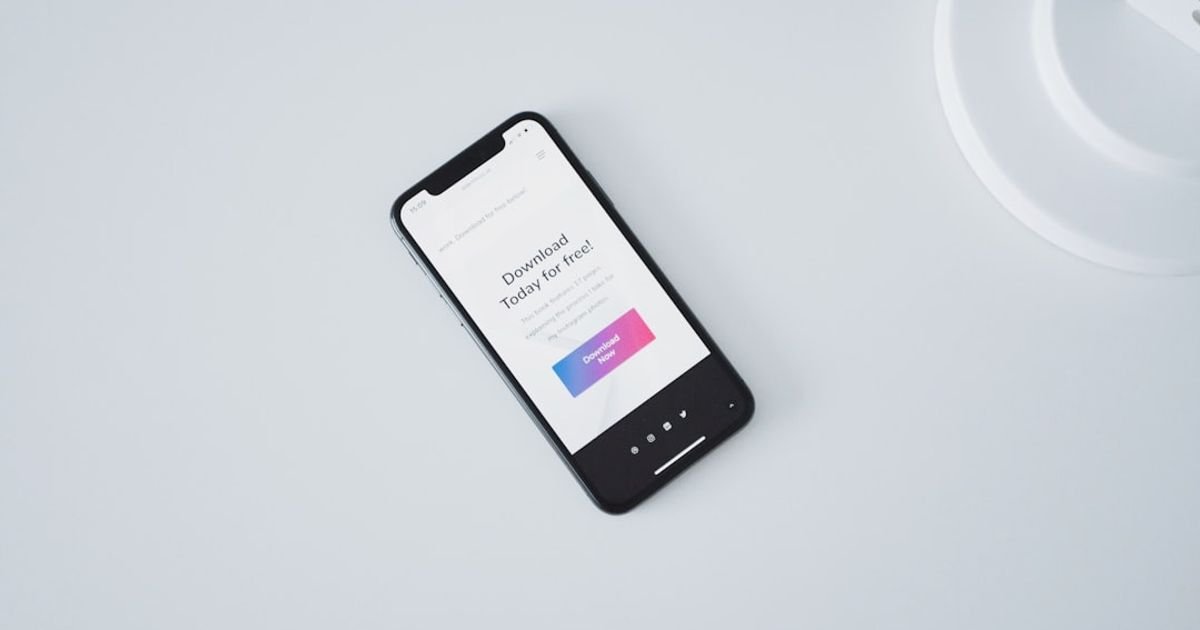About Prompt
- Prompt Type – Dynamic
- Prompt Platform – ChatGPT, Grok, Deepseek, Gemini, Copilot, Midjourney, Meta AI and more
- Niche – Code Generation
- Language – English
- Category – App Development
- Prompt Title – AI prompt to create app
Prompt Details
This prompt is designed to be dynamic and adaptable for various app development scenarios across different AI platforms. It focuses on maximizing code generation quality and minimizing ambiguity by providing structured input. You should replace the bracketed placeholders with your specific requirements.
**Prompt Structure:**
“`
## App Development Code Generation Request
**1. App Name:** [Enter the name of your app]
**2. Platform:** [Specify the target platform, e.g., iOS, Android, Web, Cross-Platform (specify framework like React Native, Flutter)]
**3. Programming Language:** [Specify the desired programming language, e.g., Swift, Kotlin, JavaScript, Python, Dart]
**4. Core Functionality:** [Describe the primary function of the app in detail. Be specific about what the app does and its key features. For example: “A task management app that allows users to create, organize, and track tasks with due dates, priorities, and optional subtasks. It should include features for collaboration, notifications, and data synchronization across devices.”]
**5. UI/UX Description:** [Describe the user interface and user experience. Be specific about the layout, navigation, and visual style. Include details on desired components like buttons, input fields, lists, and any specific design patterns. For example: “Clean and minimalist UI with a primary color scheme of blue and white. Navigation should be intuitive with a bottom tab bar for key sections like ‘Tasks,’ ‘Projects,’ and ‘Calendar.’ Tasks should be displayed in a list view with options for sorting and filtering. Use card-based layouts for displaying task details.”]
**6. Data Storage:** [Specify how data will be stored. Options include: Local Storage (e.g., SQLite, Realm), Cloud Storage (e.g., Firebase, AWS), or other databases. Explain the data model, including entities and their relationships. For example: “Utilize cloud storage with Firebase Firestore. Data model should include ‘User’ entity with properties like ‘username’, ’email’, and ‘profile picture’. ‘Task’ entity with properties like ‘title’, ‘description’, ‘due date’, ‘priority’, ‘status’, and a reference to the ‘User’ entity who created the task. ‘Project’ entity with properties like ‘name’, ‘description’, and a list of associated ‘Task’ entities.”]
**7. API Integrations (Optional):** [If your app requires integration with any external APIs, specify the APIs and their purpose. Provide details about the required data exchange. For example: “Integrate with Google Calendar API to allow users to synchronize tasks with their calendar events.”]
**8. Code Style Preferences (Optional):** [Specify any preferred coding style guidelines or conventions. For example: “Follow Airbnb JavaScript Style Guide.”]
**9. Specific Code Requirements (Optional):** [If you need specific code snippets generated, provide clear instructions and context. For example: “Generate the code for a function that calculates the remaining time until a task’s due date.”]
**10. Example Code Snippets (Optional):** [Provide example code snippets if you have specific implementation preferences. This can help the AI understand your desired coding style and approach.]
**11. Output Format:** [Specify the desired output format for the generated code. Options include: Full project structure, specific files, or code snippets. For example: “Generate a complete project structure for an Android app using Kotlin.”]
**Example Usage Considerations:**
* **Iterative Refinement:** Start with a simpler prompt and gradually add more detail as you refine your app’s requirements.
* **Testing and Validation:** Thoroughly test and validate the generated code. AI-generated code may require adjustments and debugging.
* **Security Considerations:** Pay close attention to security best practices when integrating AI-generated code into your project.
By providing detailed and structured input using this dynamic prompt, you can effectively leverage AI code generation capabilities for app development across different platforms and programming languages. Remember to adapt the prompt to your specific needs and experiment with different phrasing to achieve optimal results.
“`

